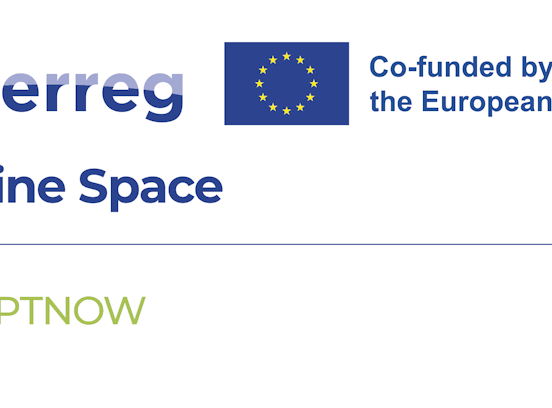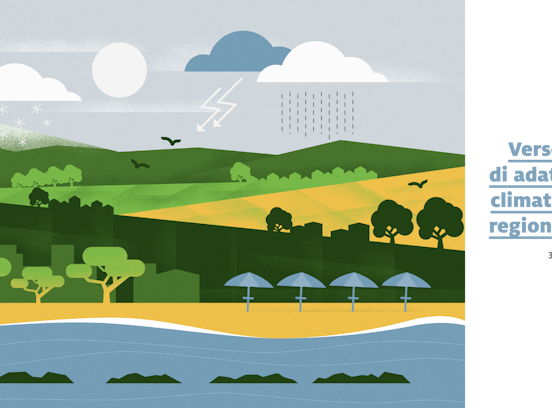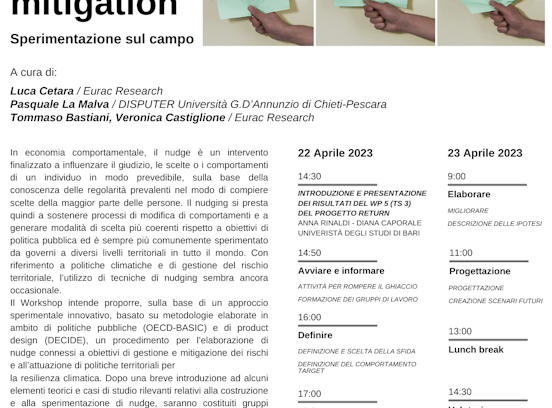Center for Climate Change and Transformation - Climate and Disaster Risk - News & Events - 13th October, International Day for Disaster Risk Reduction
13th October, International Day for Disaster Risk Reduction
Today, October 13, is officially the International Day for Disaster Risk Reduction, an initiative taking place every year to encourage citizens and governments to take part in building more disaster-resilient communities.
One of the research groups within the Center for Climate Change and Transformation focuses specifically on Climate and Disaster Risk (CDR). The research group pursues the understanding and modeling of impacts and risks, including Climate Change, related to natural hazards in mountainous regions, with a transdisciplinary, integrated approach. Given the complexity of this challenge, the CDR group comprises researchers with different expertise working on projects with different scopes and characteristics.
Currently, the CDR is involved in two major projects focusing on disaster risk reduction: X-Risk-CC and Return. Here is how these projects are contributing towards an improved understanding of disaster risk reduction methods and practices.
X-RISK-CC
In recent years, the Alps have been affected by unprecedented weather extremes such as heatwaves,heavy rains and storms with severe impacts on the environment, humans and the economy. While it is clear that such events might overstrain the affected areas´ risk management capacities, the knowledge and management of the resulting cascading impacts and risks are still insufficient. In fact, such events are not considered in current Disaster Risk Reduction (DRR) mechanisms at the regional level. Moreover, if Climate Change Adaptation (CCA) plans exist, they often underestimate domino effects and compound risks related to extreme events and therefore miss concrete solutions.
X-RISK-CC helps risk managers and policy makers across the Alps to address the compound risks of Climate Change related extremes by developing local actions and transnational guidelines.
The project results are going to be created through the assessment of compound impacts and risks of past extreme weather events in its five pilot cases: mass movements in Garmisch (Germany), drought and flooding in Gorenjska (Slovenia), torrential processes in Wipptal (Italy) and Stubaital (Austria), storm Eleanor/Burglind in France and Switzerland and storm Vaia in Italy.
RETURN
The Extended Partnership RETURN - multi-Risk sciEnce for resilienT commUnities undeR a changiNg climate - has been created within the Italian National Recovery and Resilience Plan (NRRP) with respect to the theme “Environmental, natural and anthropogenic risks”.
RETURN will contribute to enforce key competences, the technological and knowledge transfer, and to strengthen Italian governance in managing disaster risk, through the knowledge enhancement towards technology application and exploitation with the involvement of public administrations, stakeholders, and private companies.
The main objectives of RETURN are to better understand Environmental, Natural and Anthropic Risks, as well as their interrelation with the effect of climate change effects. This will allow to enhance risk prevision and methodologies for prevention, adaptation and mitigation, as well as develop new methodologies and technologies for monitoring.
The improved understanding of these processes will reflect on the predictive skills and allow to promote the effective use of planning and forecasting tools towards the development of an integrated framework, incorporating data from monitoring networks for different environmental, natural and anthropogenic hazards with background data. The use of such an integrated framework will unlock unprecedented opportunities in disaster risk management, removing the fragmentation of information and strengthening a holistic management within a multi-disciplinary culture.
If you would you like to know more about these two projects and explore how they will continue to advance the state-of-the-art in the field of Disaster Risk Reduction you can find more information here below:








